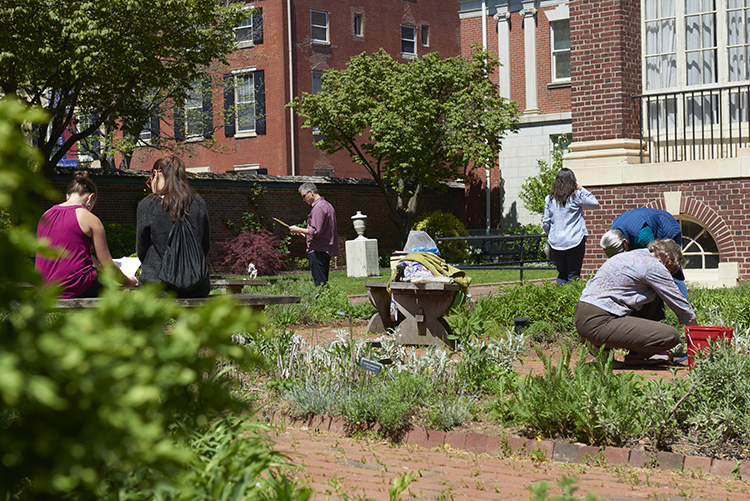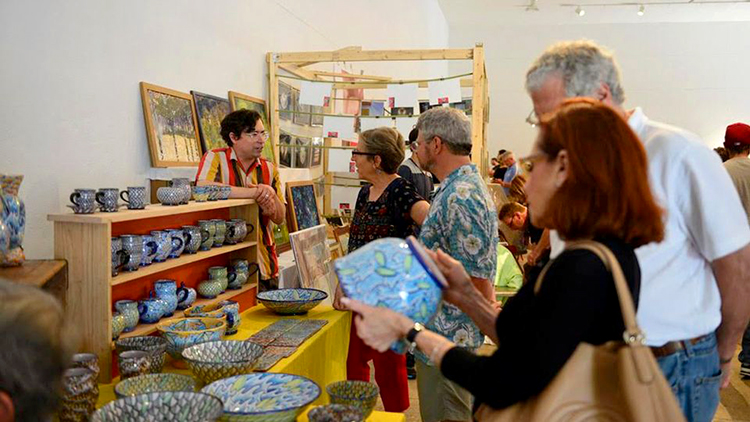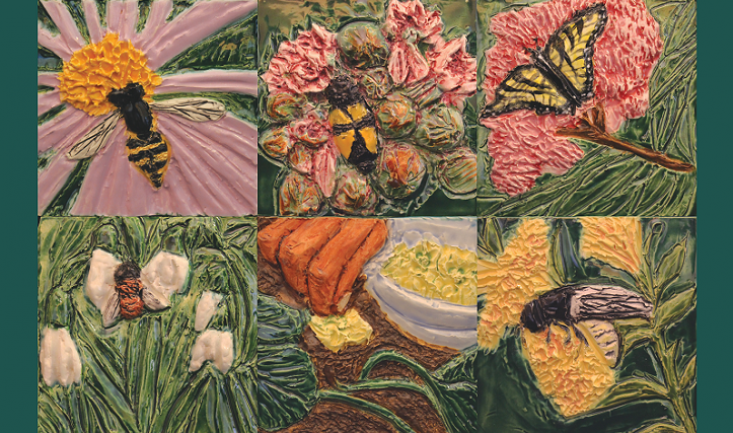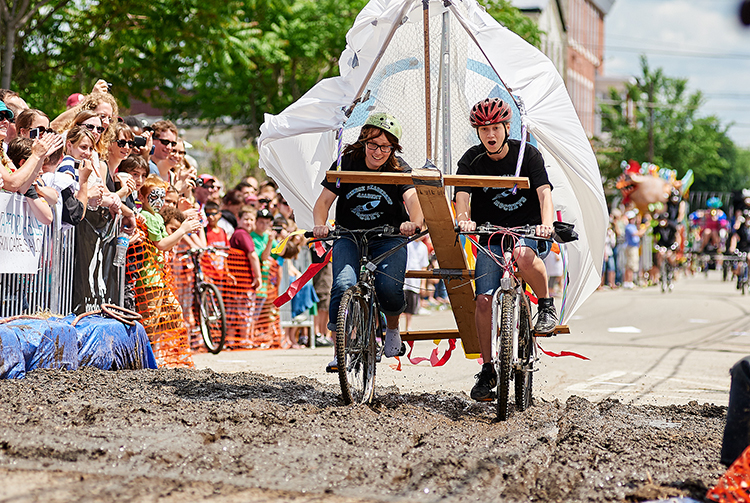If the physic garden at Pennsylvania Hospital hadn’t offered me a silent lesson, I might have remained distraught. At 71, I needed a total knee replacement, the surgeon said, mere months after a hip replacement.
“Yes, it’s more painful than hip replacement because the knee has more nerves,” the surgeon replied to my question. “The recovery’s longer.”
Damn. I felt angry, frightened. I recalled horror stories of knee replacements gone wrong, of people who limped for the rest of their lives, and I started to cry. I left the hospital building and headed for the enclosed area bordered by tall trees and graced with a garden divided into quadrants. What would aging exact from me next? And how soon? Another wave of tears threatened as I sat down on a bench, but just then a crisp autumn breeze brought me the earthy scent of the garden.
Inwardly, I thanked Benjamin Franklin and Philadelphia physician Thomas Bond for that moment of solace. When Bond and Franklin co-founded the hospital, the nation’s first, in 1751, Bond felt that a physic, or medicinal garden, would put the plants most used in the remedies of that time within easy reach. The hospital’s board of managers applauded the idea at its meeting on June 7, 1774, but a lack of funds sank it. The plan gathered dust for 200 years.
Fast-forward to 1976, the 225th anniversary of the hospital’s founding as well as the city’s bicentennial celebration of America’s birth. Several groups teamed up—the Philadelphia Committee of the Garden Club of America, Friends of Pennsylvania Hospital, including hospital staff—and got the garden growing.
The garden soothed my spirit that day. Tall purple foxgloves, used to treat heart ailments in the 18th century, eased my attention away from fear. Saffron-colored marigolds, once used for skin irritations, bejeweled one part of the garden and spoke of life’s vividness. Did I dare chew a leaf of sage, said to calm the stomach and lift one’s mood? The fuzzy leaves of wooly lamb’s ear drew me closer. If I wet one and put it on my skin, I’d heard, it would serve as a bandage for stings and minor cuts. I glanced around, saw no one looking, picked a leaf, licked it and stuck it on the back of my hand. Its soft verdancy against my brown skin reminded me that, however many or few days lay ahead in my life, I still had some greenness in me.
The physic garden had edged into autumn. Some flowers had faded, and the passing days had rounded many roses into bright red hips. The garden was entering a season of rest, just as receiving a new knee would push me into a time of pain, quiet and rehabilitation.
My hand came to rest on the earth whose scent had drawn me. From this source would come the garden’s rebirth. I took a pinch of dirt, sniffed it, and then put it in my pocket so that I could go toward surgery carrying a promise of renewal.
Constance Garcia-Barrio lives in Philadelphia and writes about African American history.










